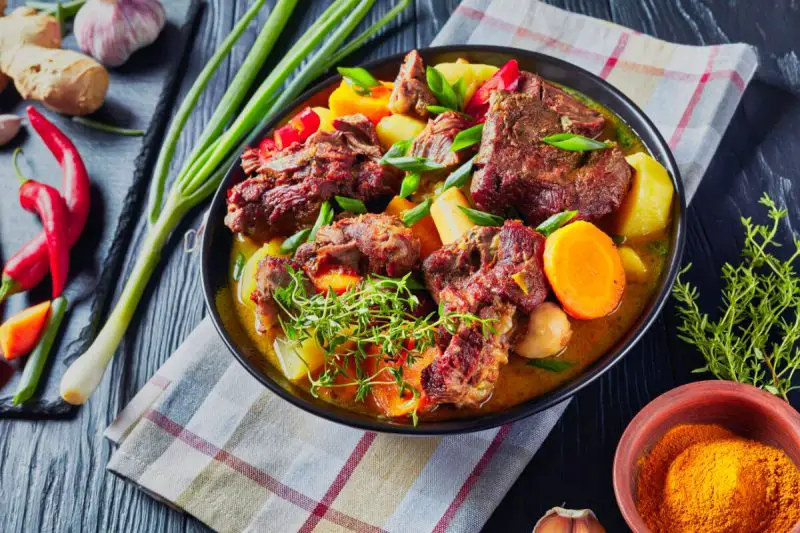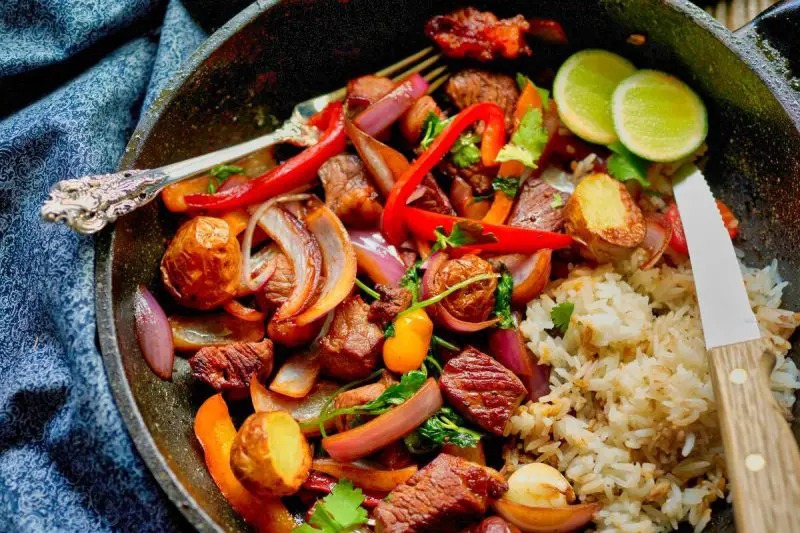Traditional Estonian recipes create every dish of Estonian food to be made by following a few simple rules that are easy enough for beginners but interesting enough for experienced cooks. That means your Estonian recipe gives you a tasty meal without complicated techniques or hard-to-find ingredients.
Estonian Appetizers
Estonian Ham and Cheese Rolls — This famous Estonian dish that can be consumed at the first course or as cocktail fare. Good-quality imported ham in thick slices make for a superior roll.
Keel Hernestega — A cold appetizer made of cow’s tongue served with horseradish.
Suitsukala — Smoked fish or suitsukala is an Estonian specialty, and trout is a particular favorite. It can be a very simple appetizer served with black bread and butter.
ESTONIAN SOUPS
Cabbage Cream Soup — Cabbage is a common vegetable in Estonia and a standard ingredient in many soups. This rich soup is a winter dish.
Nõgesesupp — Herb and nettle soup is a longstanding seasonal favorite, eaten as a tonic in spring. Chives and dill are commonly added and the soup usually has egg in it, but not cream.
Estonian Soups
Rosolje — A potato and beet salad, seasoned with dill pickles and herring, dressed in a sour cream sauce and served cold.
Estonian Side Dishes
Mulgikapsad — A sauerkraut stew with pork, usually served with boiled potatoes.
Estonian Main Dishes
Marineeritud Angerjas — Marinated eel is actually jellied eel, prepared by a similar method as that used for sult. Marinated eel is always served cold.
Sült — Jellied pork is a typical Estonian dish, homemade in the countryside. The jelly comes from boiling pork bones with the meat. It is a common preserved meat dish stored for winter.
Võrtsjärv Suitsukala — Squash casserole is a typical, hearty Estonian dish. Layers of squash, tomato, seasoned onion, and leftover meat such as ground beef or smoked fish are baked with eggs and milk.
Estonian Desserts
Karask — A sweet cake made with whole wheat and barley flour, this Estonian recipe is typical of traditional celebratory dishes.
Kissel — Sweetened milk, cream, or juice that is thickened with starch to form a Jello-like pudding popular in Northern and Eastern Europe. If less starch is used, kissel can also be used as a sauce or as a soup or drink.
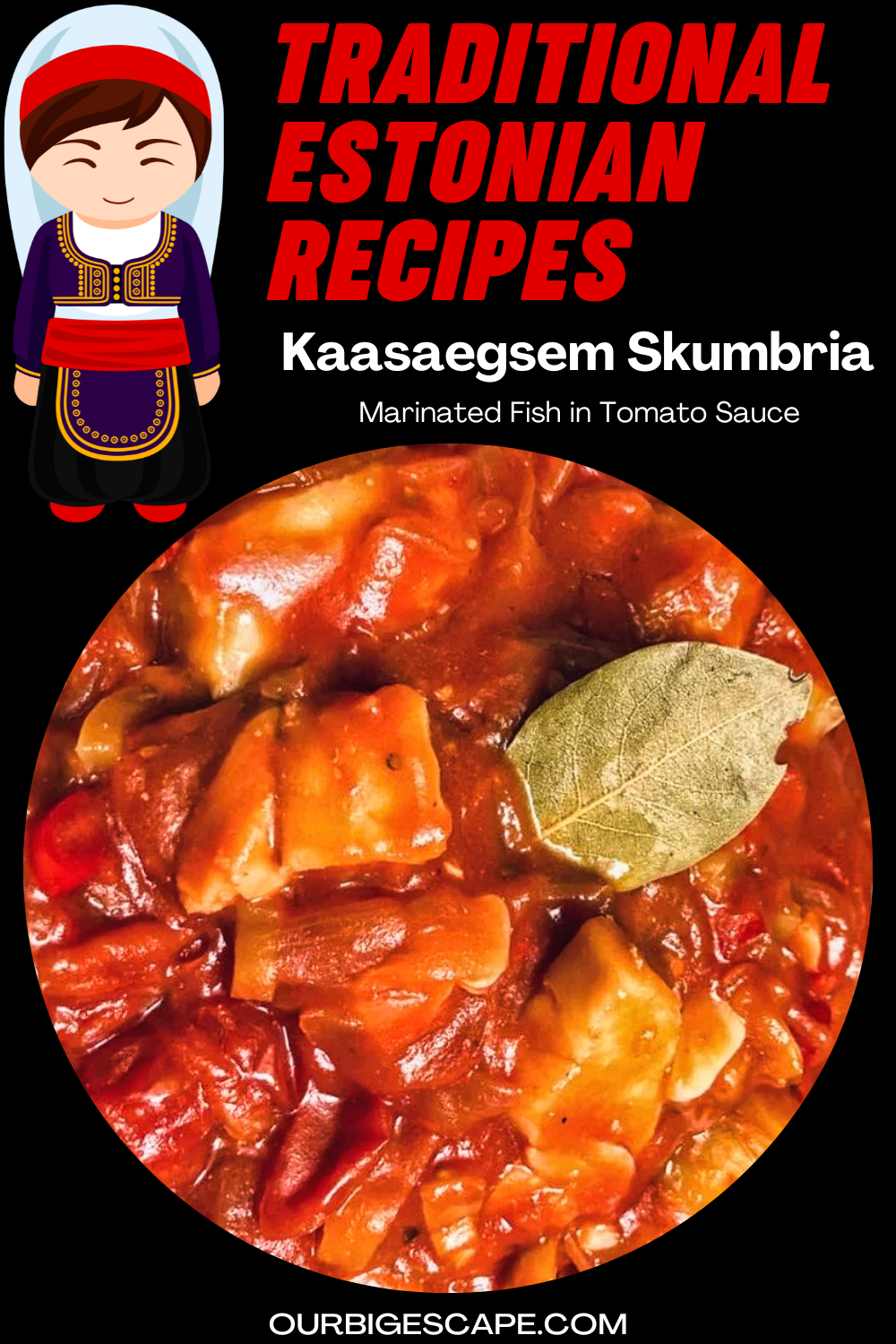
22 Favorite Traditional Estonian Recipes To Try
1. Kiluvõileib – Sprat Sandwich
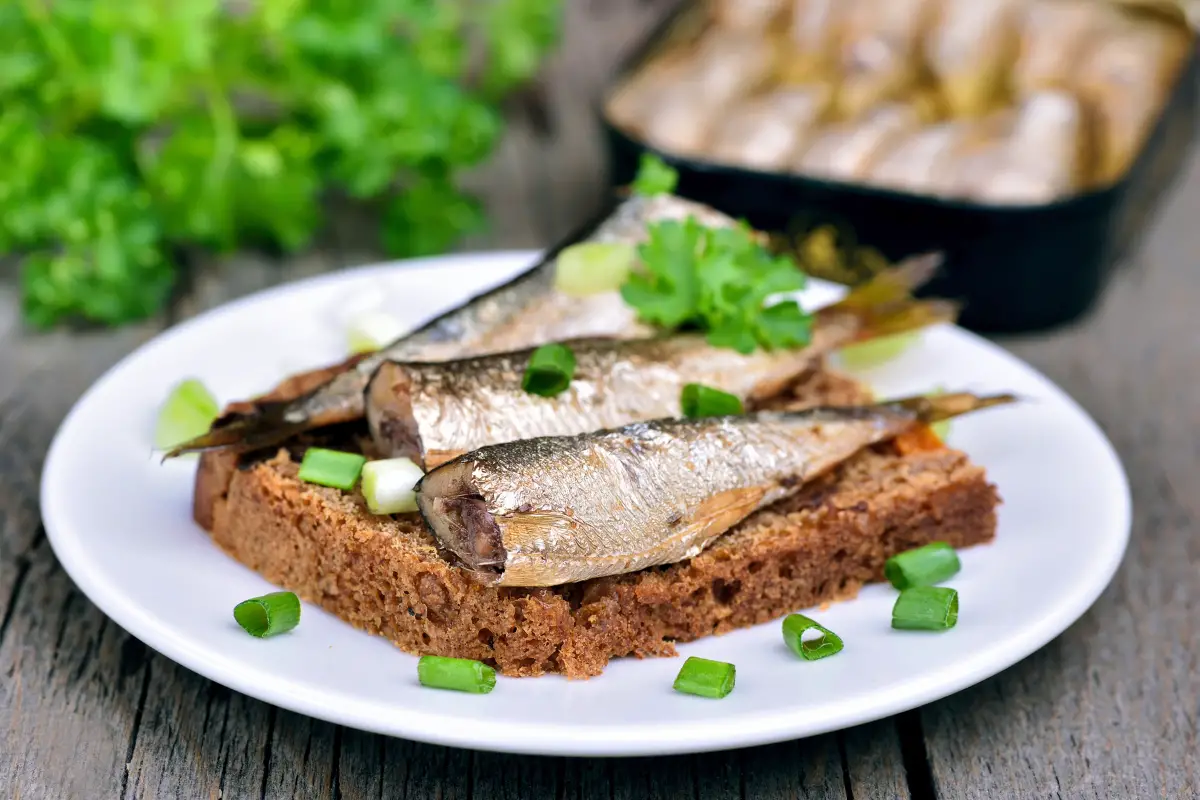
There are many dishes in Estonia that contain sprat, the most popular one being Kiluvõileib. This is a classic open-faced sandwich with a marinated sprat filet on a slice of rye bread. The filets are occasionally accompanied by poached or hard-boiled eggs, green onions, and fresh herbs.
This traditional Estonian recipes for this sandwich contain a rich source of protein from the egg and omega-3 from the sprat, providing your body with some essential nutrients.
2. Bagelid Singi ja Juustuga– Estonian Ham and Cheese Rolls
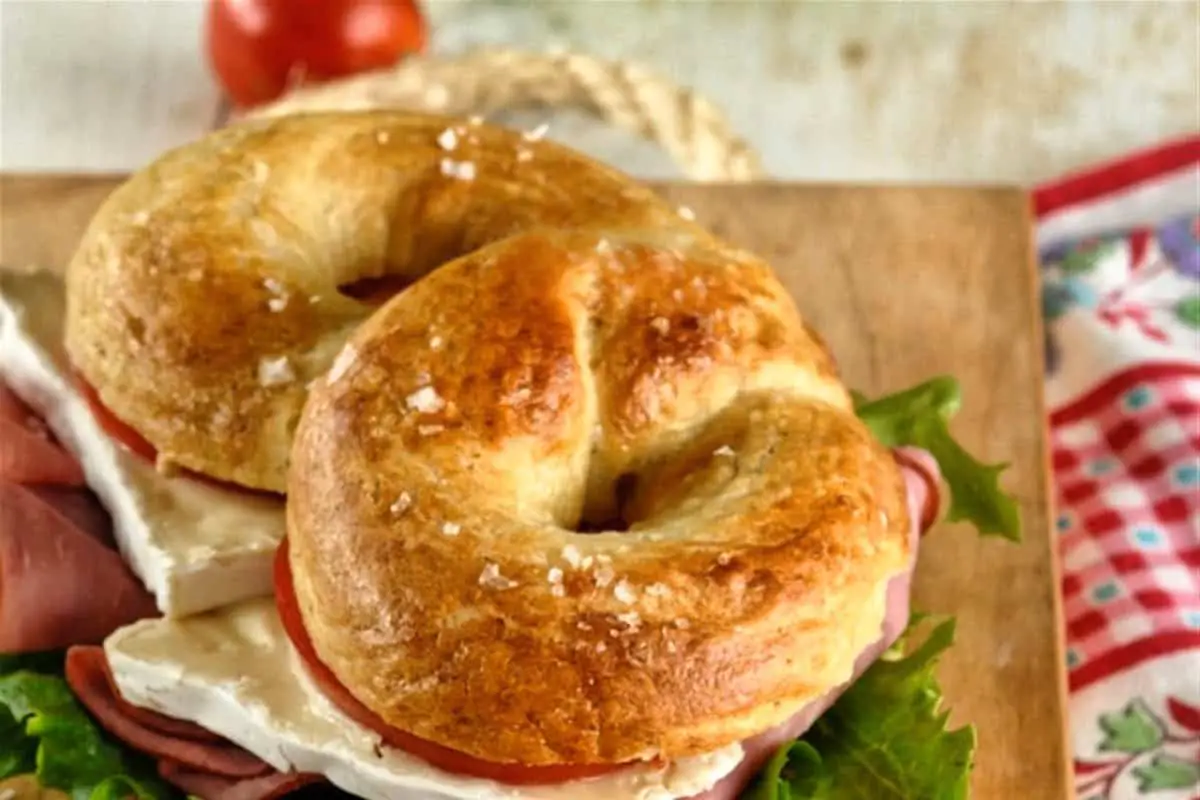
These baked rolls combine the texture of fresh, yeasty bread dough with the savory taste of thick-cut ham for a delicious, filling treat. They are best eaten warm and crisp from the oven and can be topped by a wide variety of salty, creamy, or spicy sauces for additional flavors. For the best Estonian food taste and texture, use high-quality cuts of meat.
3. Keel Hernestega – Spiced Beef Tongue
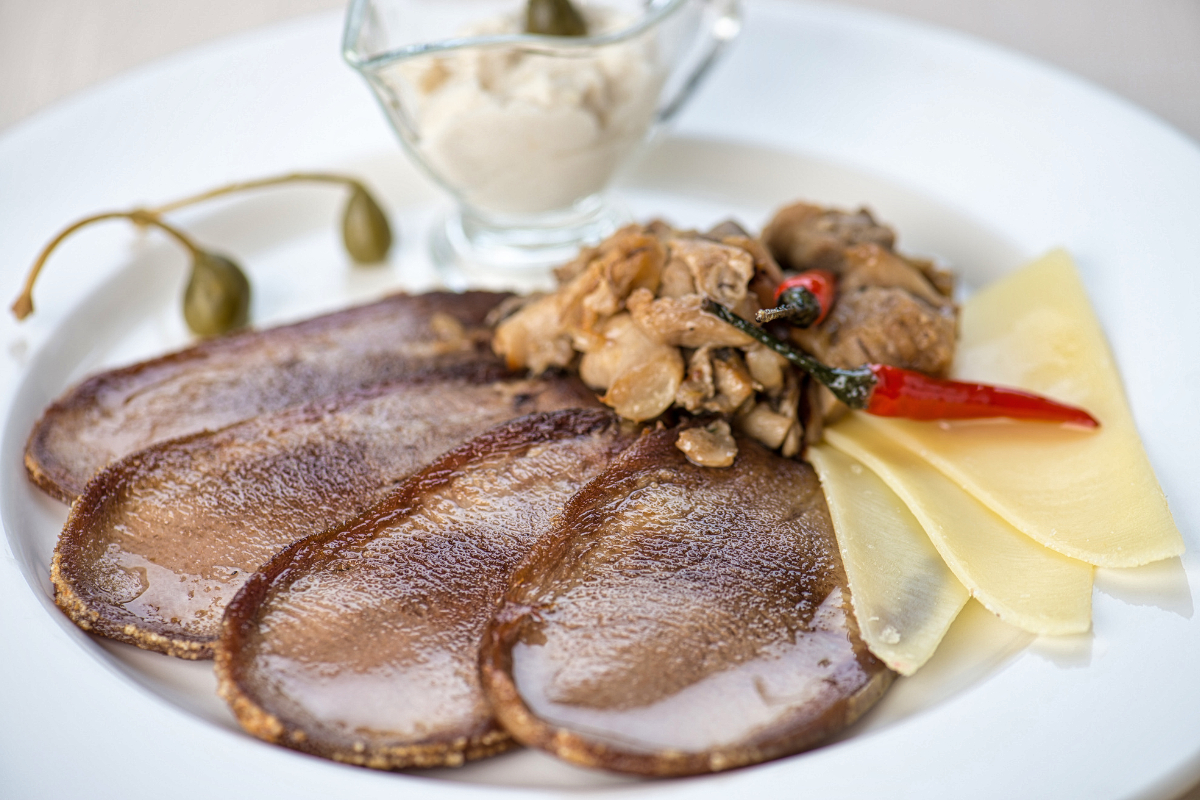
Keel Hernestega is a quintessential Estonian appetizer of spiced boiled beef tongue. Serve the boiled tongue in thin circular cuts cooled or at room temperature accompanied by beans or peas. This Estonian recipe has a rich, salty, and herbal flavor as a result of its lengthy cook time.
4. Suitsukala – Smoked Fish
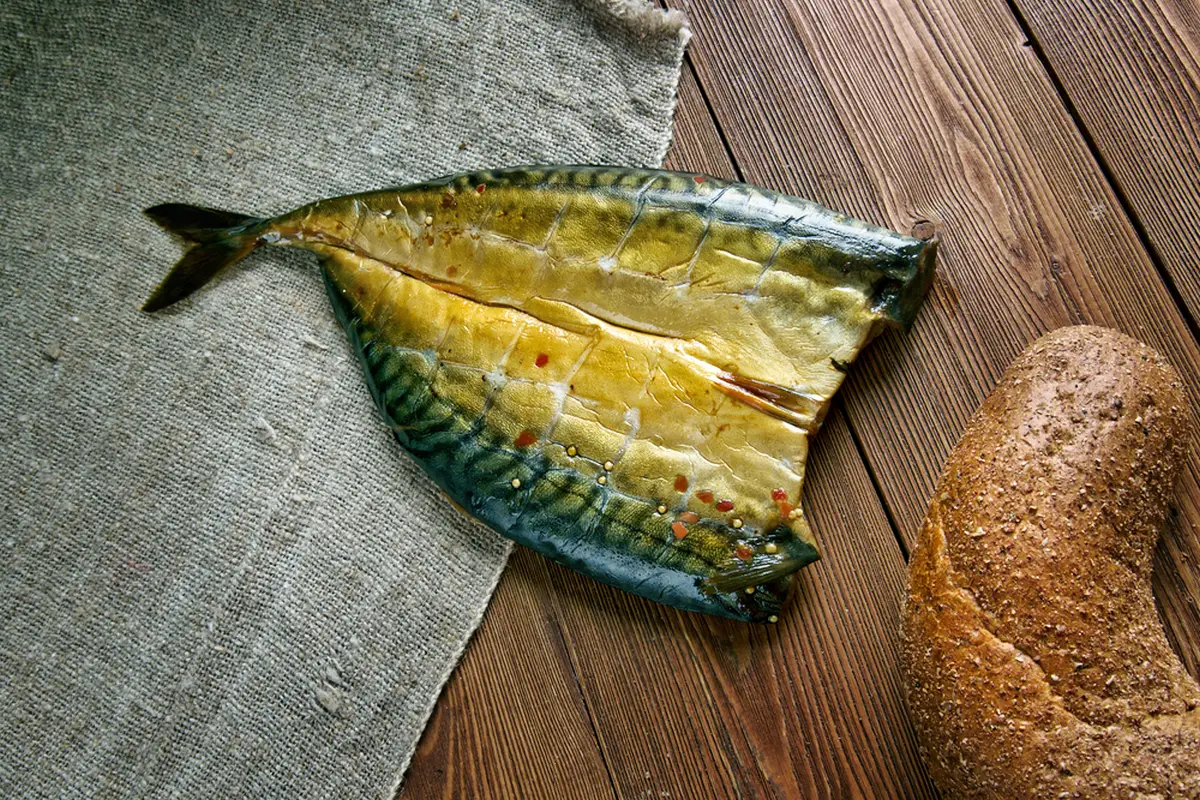
Estonia cuisine is filled with fish dishes. Suitsukala is smoked fish, prepared from any one of the more than 30 species breeding in Estonia’s second largest lake, Võrtsjärv. A mystical, natural habitat for wildlife named for the plentiful reeds (võrrits) growing on its shores, this lake teams with bream, carp, eel, herring, perch, pike, smelt, trout, and zander. (Estonia’s largest lake, Peipus, shares a common boundary with Russia.)
5. Verivorst – Blood Sausage
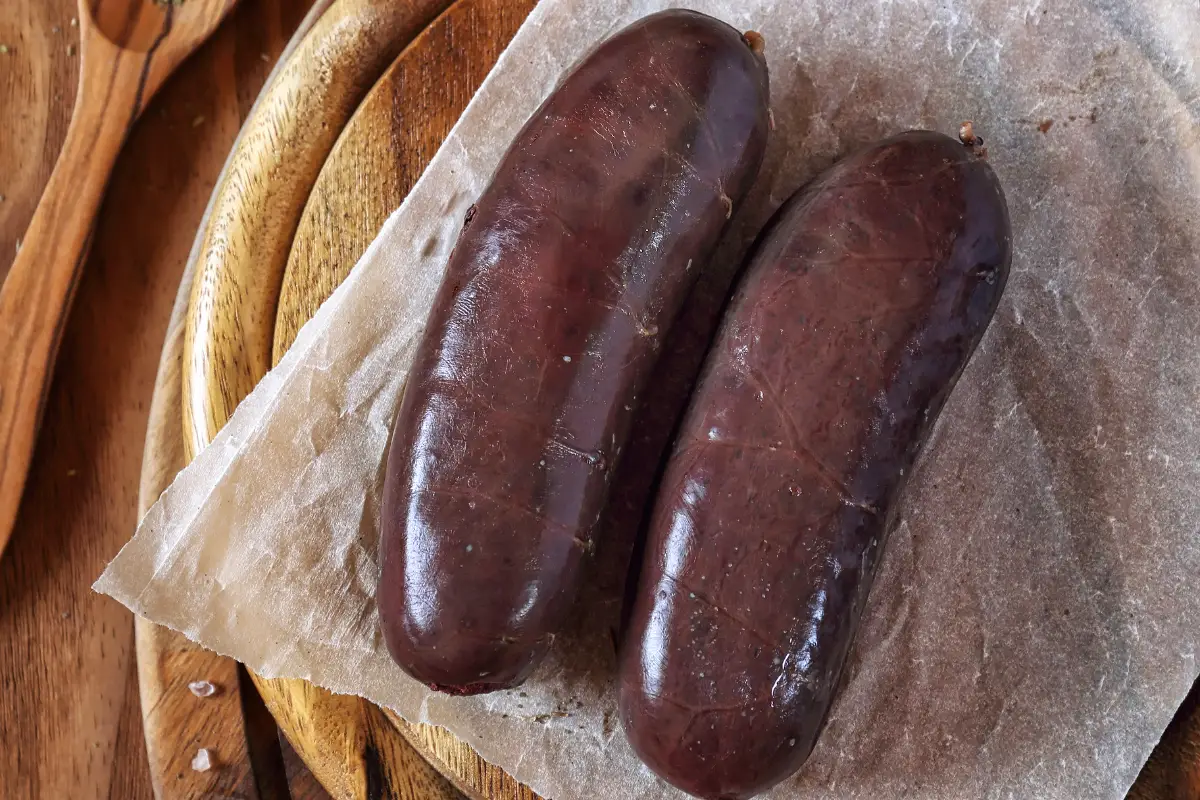
Verivorst – one of the traditional Estonian recipes for blood and barley sausage favored as a Christmas dish. It is customarily served as a first course with cranberry sauce, red berry jam, Mulgikapsad (Estonian sauerkraut), and browned potatoes. Some enjoy it with butter or sour cream.
6. Kapsa Kreemsupp – Cabbage Cream Soup
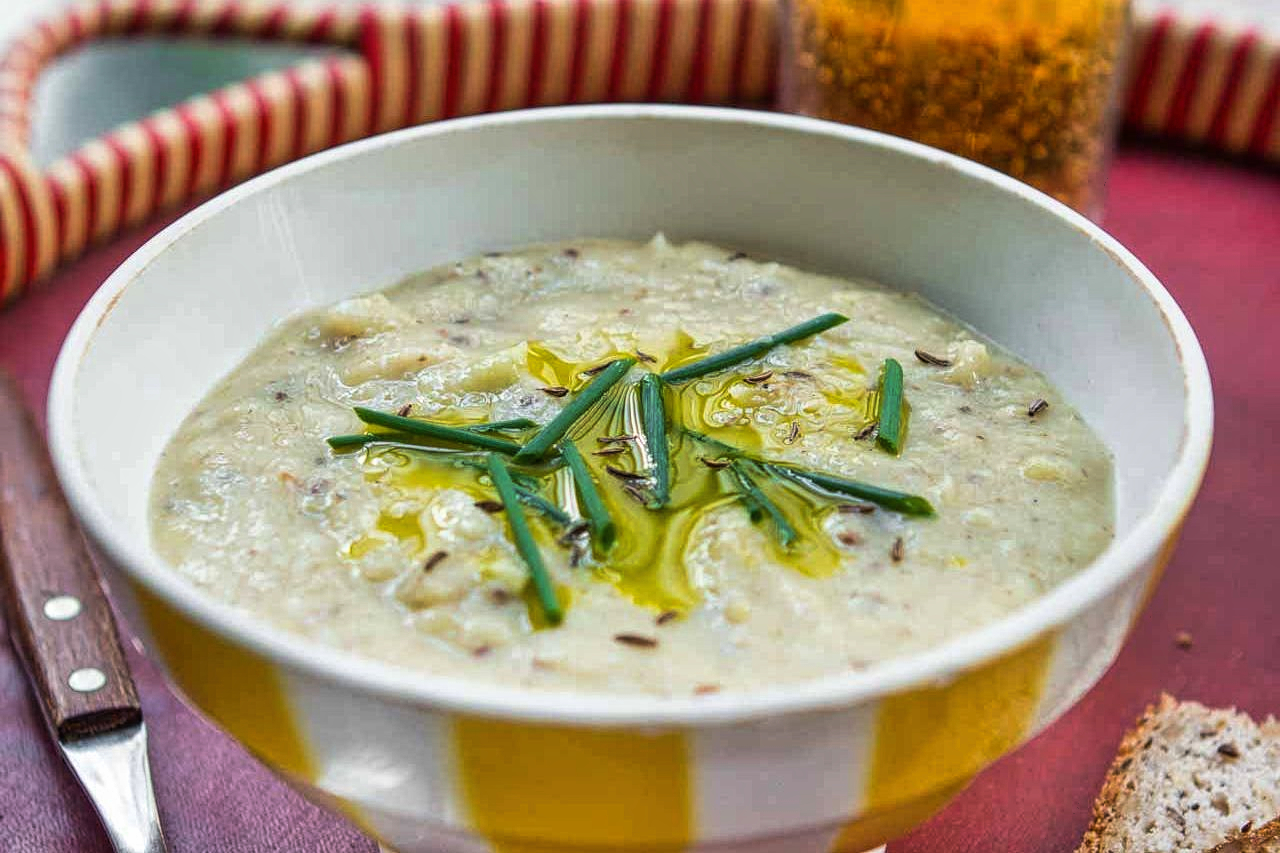
Estonian cuisine generally revolves around meat dishes, and therefore meat-free soups are not common. This cabbage cream soup, however, is one of the few popular Estonian food. The recipe below features cabbage and carrots, though any available vegetables can be added. The soup uses flour as a thickener, and three cups of heavy cream account for the “cream” in the name of the soup. The soup is served hot and traditionally topped with butter.
7. Nõgesesupp – Nettle Soup

Sour and sweet weed soup with onions and balanced with rye bread. The Estonian recipe is based on classical onion soup recipe. Herb and nettle soup is a longstanding seasonal favorite, eaten as a tonic in spring. Chives and dill are commonly added and the soup usually has egg in it, but not cream.
An Estonian specialty, Nõgesesupp, is a light, healthy spring or early summer soup made from young nettles. Many know nettles only as a weed to avoid because of the painful stinging they can cause, but the plant’s culinary and medicinal uses are quite varied. Vitamin-rich nettles make tasty soups and enhance stews, salads, and omelets; and dried nettle leaves make a refreshing tea that is known to support joint health.
8. Rosolje – Mixed Beetroot Salad
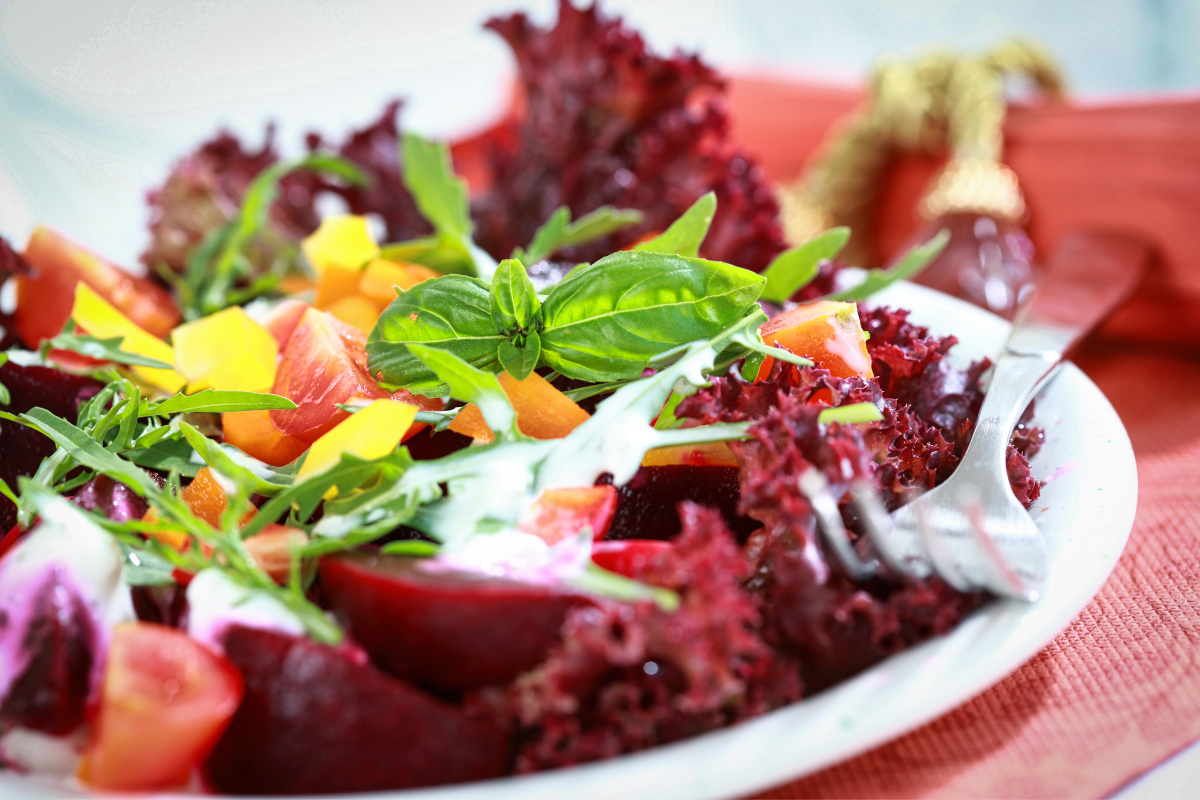
A popular party food in Estonia cuisine, Rosolje is a potato and beet salad that is an eye-catching purple. All the ingredients in this salad are typical of Estonian cuisine, including the cream-based dressing, which is distinct from the West European tradition of mayonnaise-based dressings. For traditional Rosolje, the addition of herring is a must. Many modern recipes, however, omit herring—as well as any cold meats—for a completely vegetarian salad.
9. Mulgikapsad – Sauerkraut with Pork and Barley
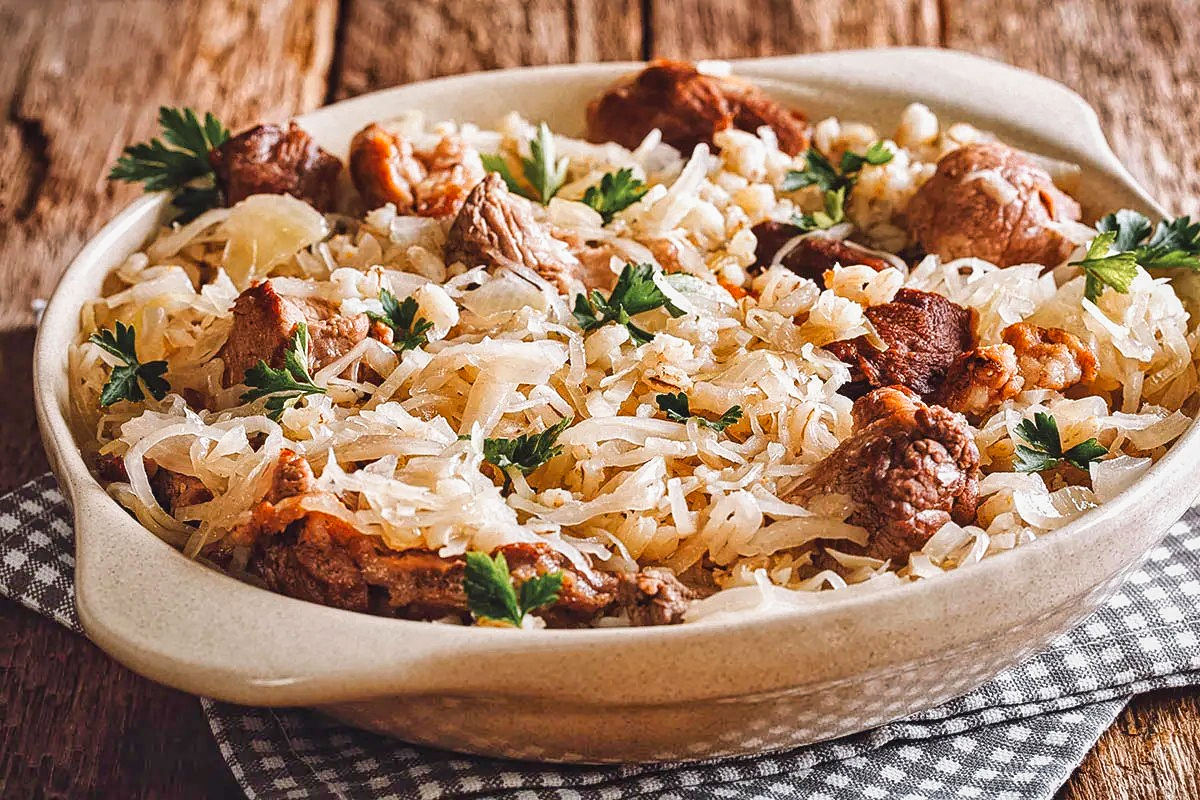
Traditional Estonian recipes for this dish hail from southern Estonia. Mulgikapsad is an enriched version of sauerkraut that combines sauerkraut with barley and pork or bacon. It uses inexpensive, locally-available ingredients and is traditionally eaten as a side, served alongside grilled meat and boiled potatoes. A hearty dish in cold weather, Mulgikapsad is popular wintertime fare.
10. Hernesupp Suitsulihaga – Yellow Split Pea Soup with Smoked Pork
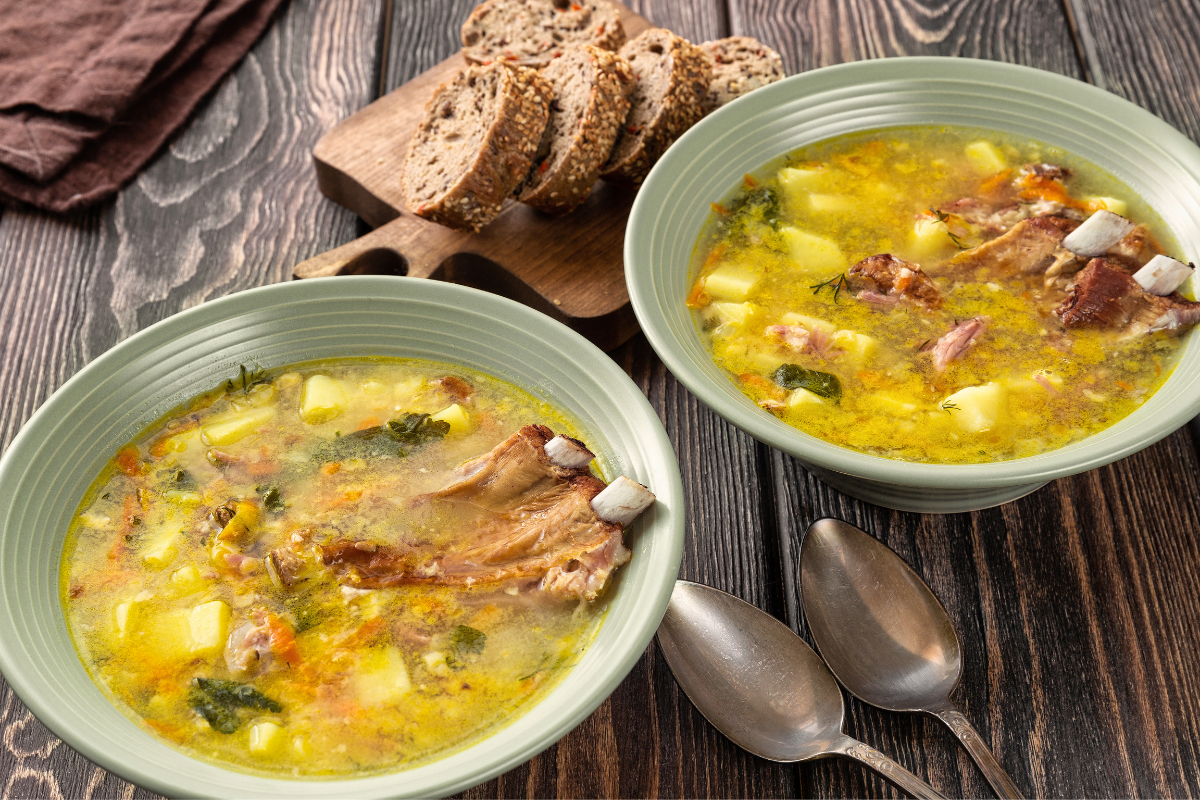
Estonians eat split pea soup. Thick, hearty, well-flavored (smoked pork!) and textured (peas + pearl barley) – all the Estonian food elements of a substantial and delicious winter soup are present. Note that the soup reheats very well. As it thickens when cooling, you may need to add some water when reheating it, and adjusting the seasoning again, if necessary.
It’s a fusion recipe, of a kind. You see – apparently in the Southern Estonia, they used to put barley in the split pea soup; in the North, they replaced the pearl barley with cubed carrots and potatoes.
11. Eesti Kartulisalat – Estonian Potato Salad
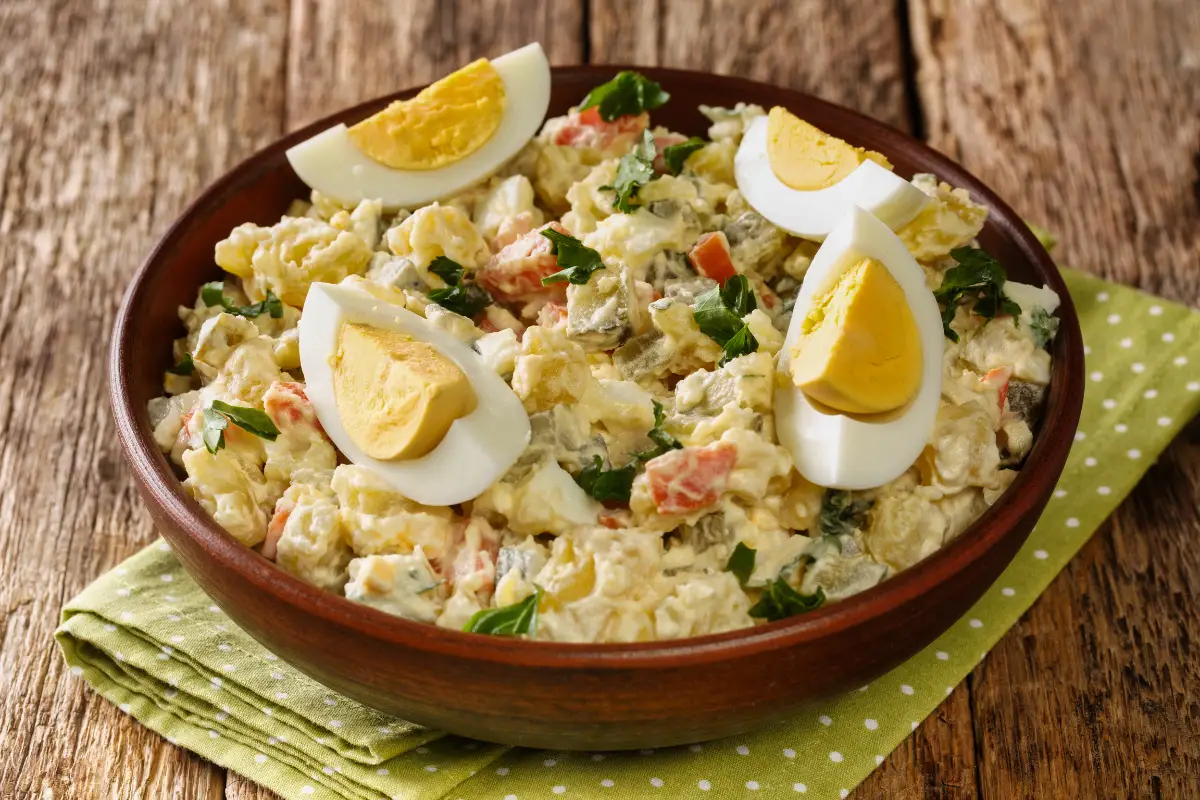
Potato salad is a staple food in most European countries, and each country has its own twist. In this Estonian recipe, potato salad is first prepared by cutting boiled potatoes and carrots into small pieces. Grated boiled eggs, diced cucumber, and boiled sausage are then added to the salad.
Sour cream and mayonnaise combine the ingredients, while canned peas are also commonly added. The last ingredient, for a little sweet and sour flavor, is a diced apple. Cucumber and apple help to balance the delicious taste. This salad is loved by Estonians from all walks of life. It’s a real Estonian staple, and one of the most popular foods in the country. It’s delicious.
12. Verikäkk – Blood Dumpling
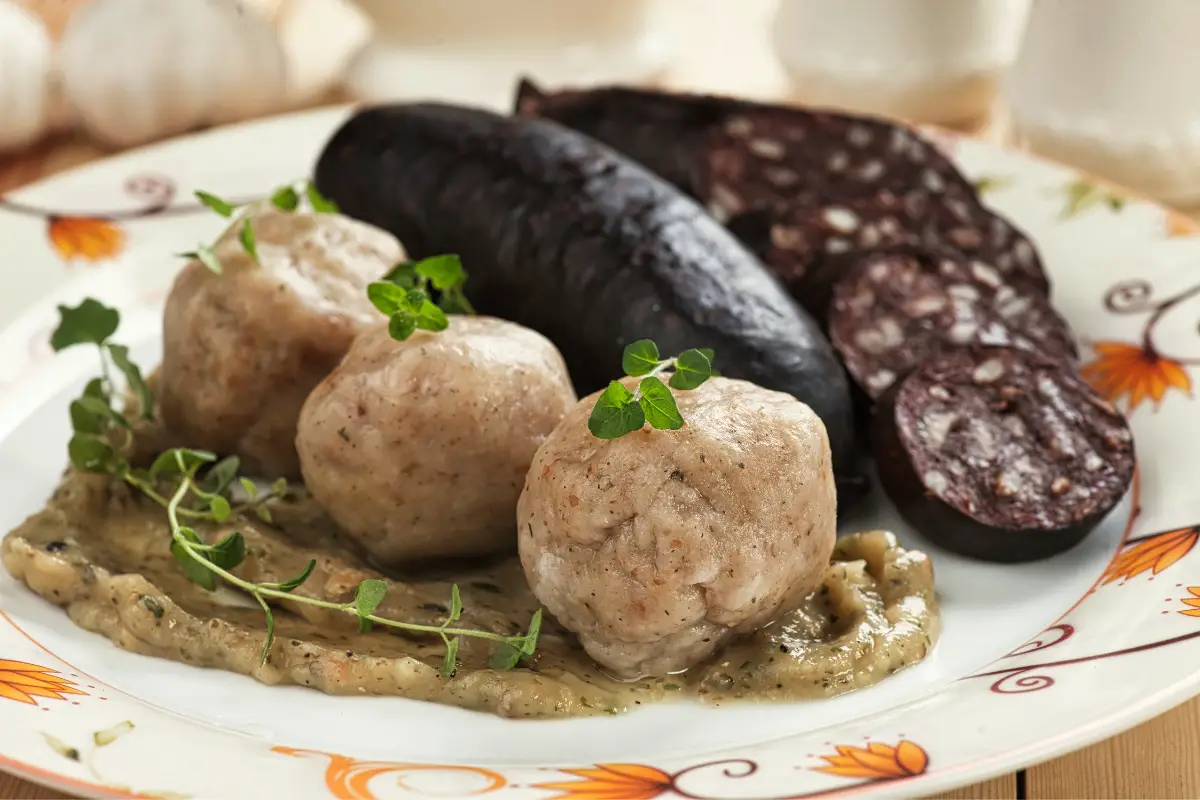
Black pudding, as made in the UK, is a blend of onions, pork fat, oatmeal, flavorings – and blood (usually from a pig). As long as animals have been slaughtered to provide food, blood sausages like black pudding have been included in Estonia cuisine.
Other varieties of blood sausage include Verivorst and Verikäkk in Estonia. Seasonings and fillers vary from maker to maker and country to country, but black pepper, cayenne pepper, mace, herbs, and coriander are frequently used flavorings. These are added to the blood, oatmeal and suet/fat mixture, which is used to fill the casings.
13. Võrtsjärv Suitsukala – Meat and Vegetable Casserole
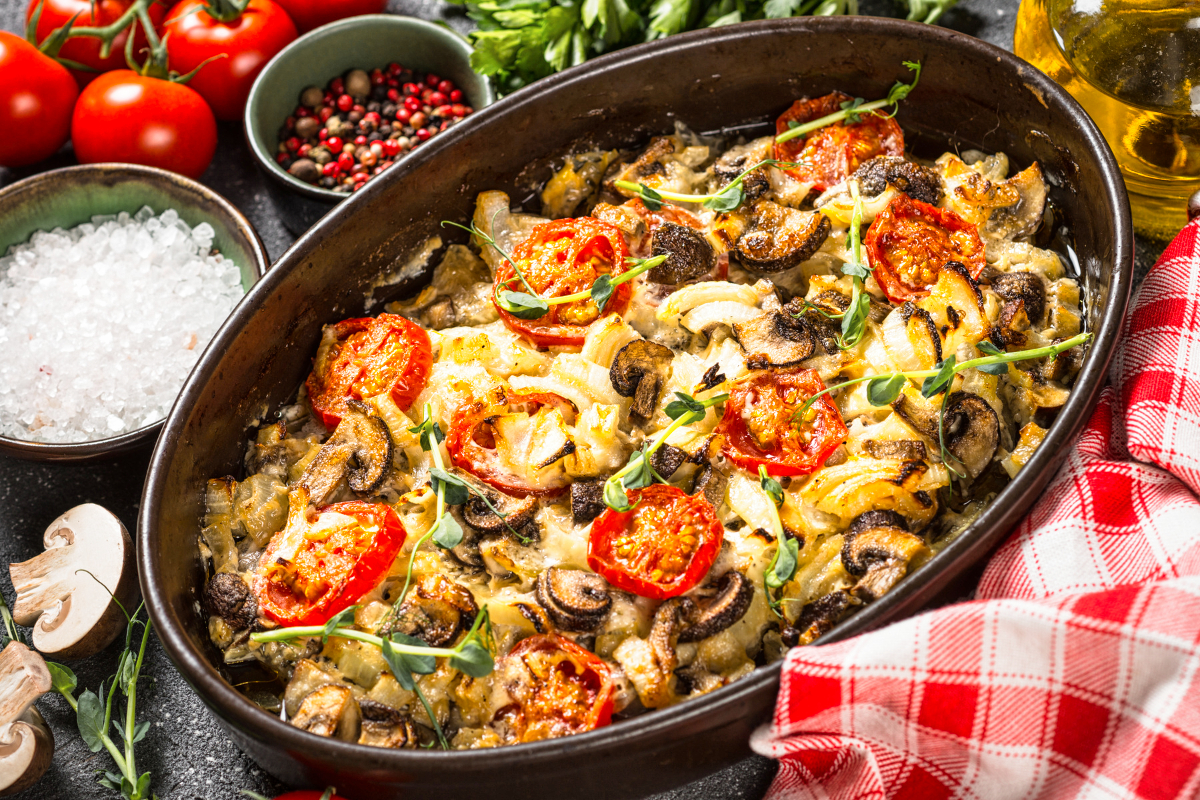
Lake Võrtsjärv is Estonia’s second largest lake, named for the plentiful reeds (võrrits) growing on its shores. Traditional Estonian recipes for this local, dairy-based casserole are as a simple comfort food that is hearty and filling. Leftovers such as ground meat or Suitsukala (smoked fish) are re-purposed to create this tasty dish. Estonians are heavy on pickles. In this dish, pickled beets help to cut through a rich mouthfeel.
14. Marineeritud Angerjas – Marinated Eel
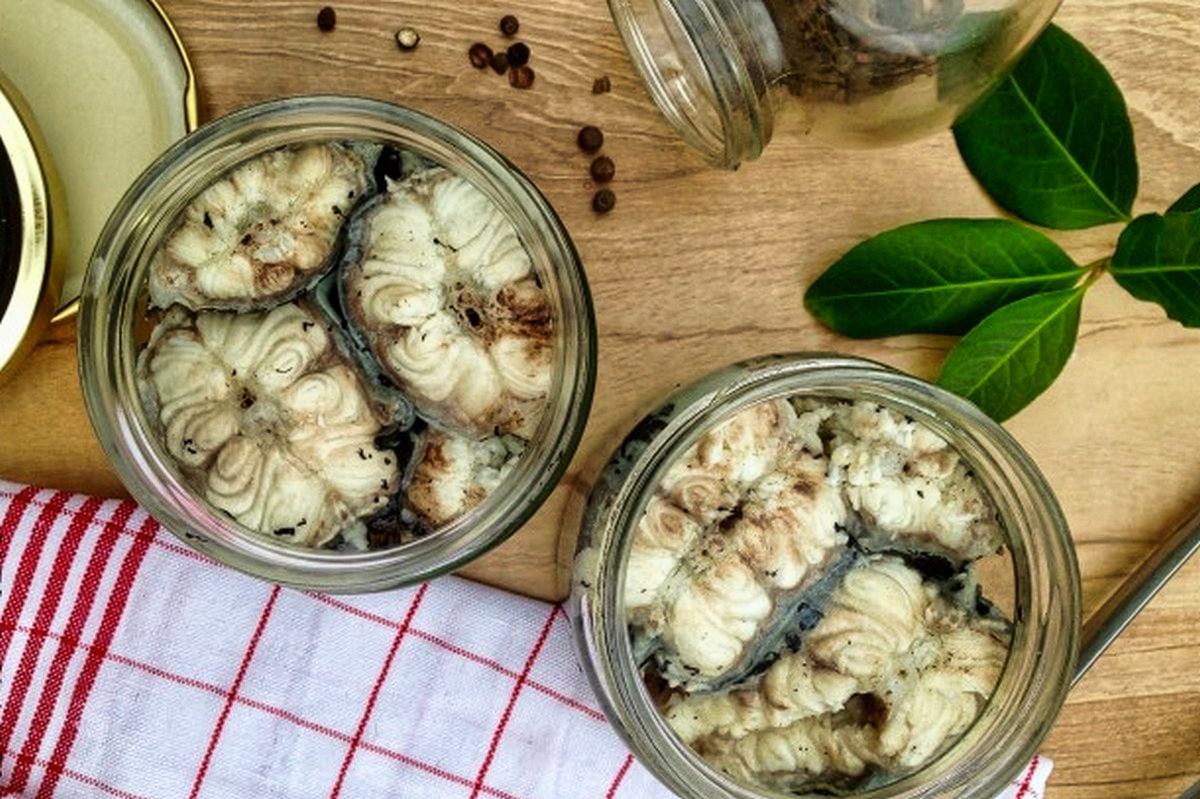
Marineeritud Angerjas is a very popular and traditional Estonian food where eel is abundant and eaten fresh as well as canned. This recipe for marinated eel can be found in Estonian homes and restaurants; it is intended to be served cold. Marineeritud Angerjas has a strong fish flavor that is both unusual and distinctive. Recipe
15. Sült – Jellied Pork
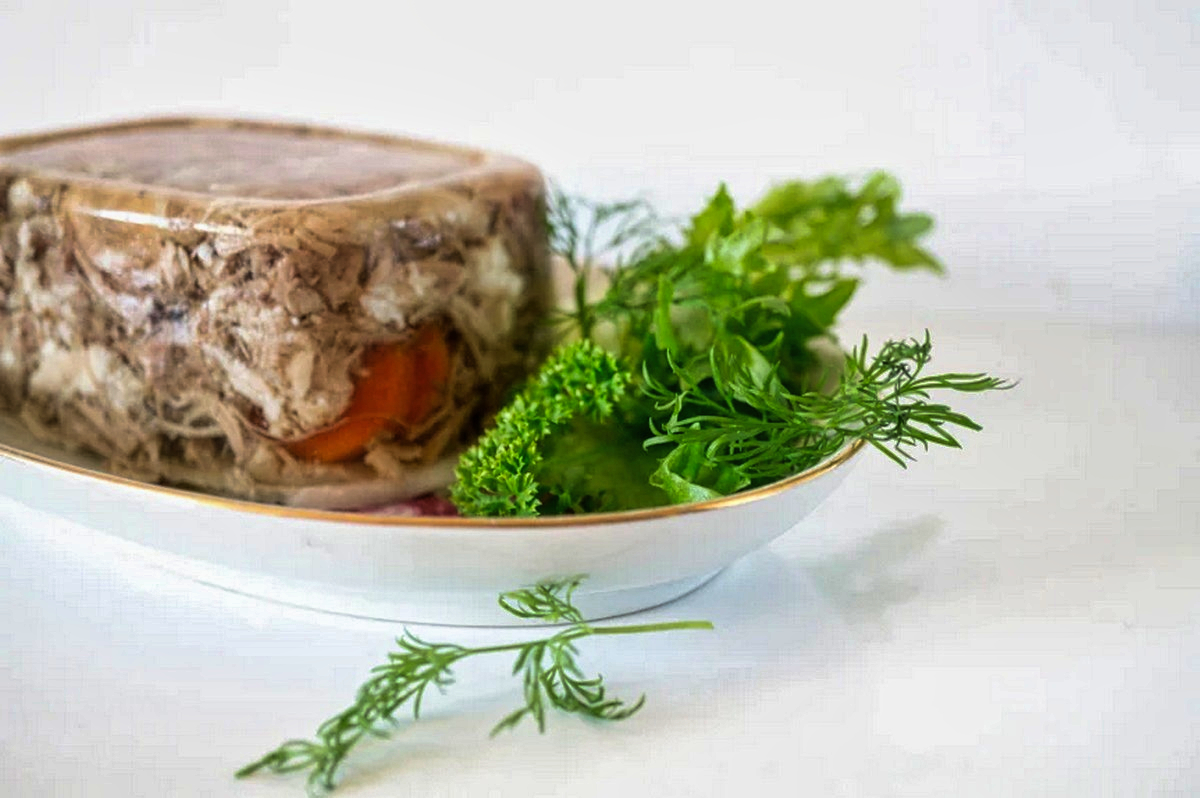
A traditional winter preserve in Estonia, jellied pork is made by boiling pork hooves and thighs with various seasonings. If this Estonian recipe of Sült is to be consumed immediately, the resulting liquid is poured into a bowl and allowed to solidify. It is common, however, for the jelly to be poured into a sterile jar, stored, and eaten when fresh meat is not available.
16. Kaasaegsem Skumbria – Marinated Fish in Tomato Sauce
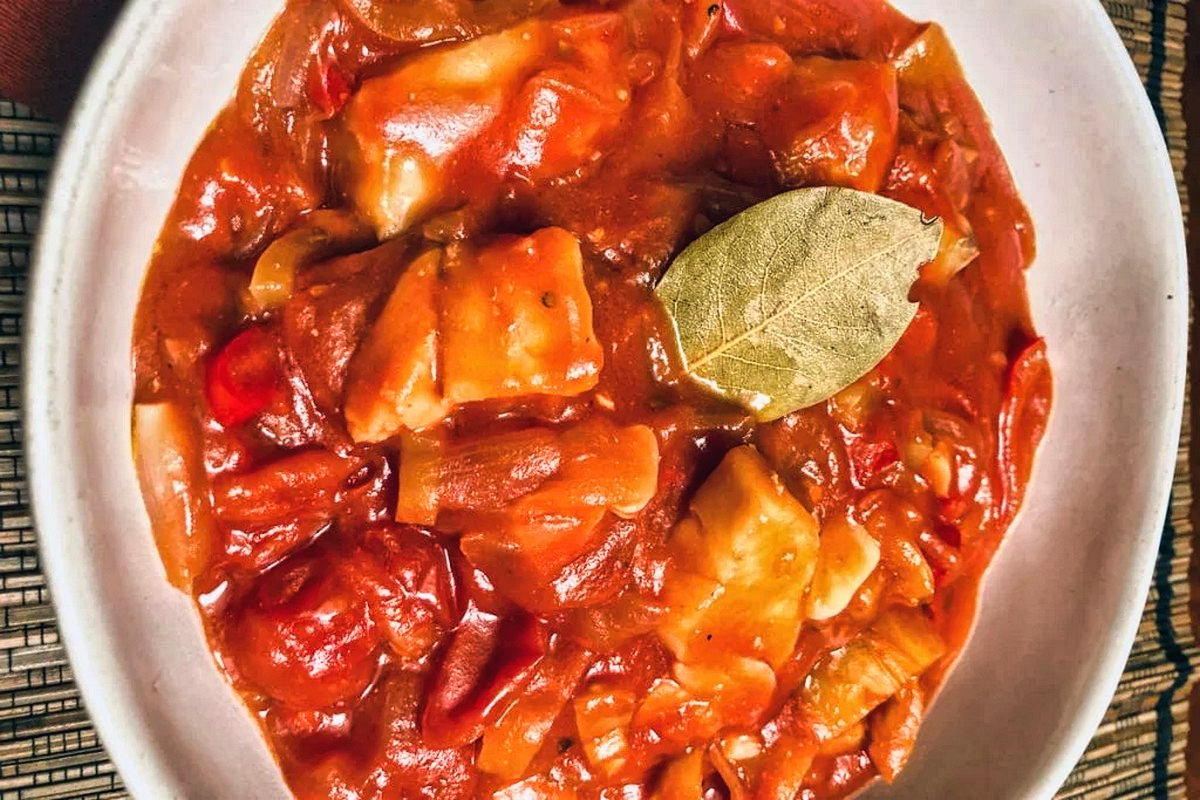
This modern Estonia cuisine take on the traditional Estonian dish of Skumbria gets better with every day that it is allowed to sit after preparation. More time allows the fried fish to absorb the tart and acidic flavors of the marinade more fully. For best results, use fresh flounder or halibut fillets.
17. Kali – National Drink of Estonia

Beer meets soda in this refreshing Estonian brew. Kali is a drink made from slightly fermented bread. It’s like a mix between a beer and a cola, with a sour-sweet taste, a natural fizz, and very low alcohol content. It’s the traditional Estonian recipes variation of the Slavic kvass, and has since become the local answer to soda. The process of making it is rather simple.
18. Karask – Barley Bread with Cranberry Cream Sauce
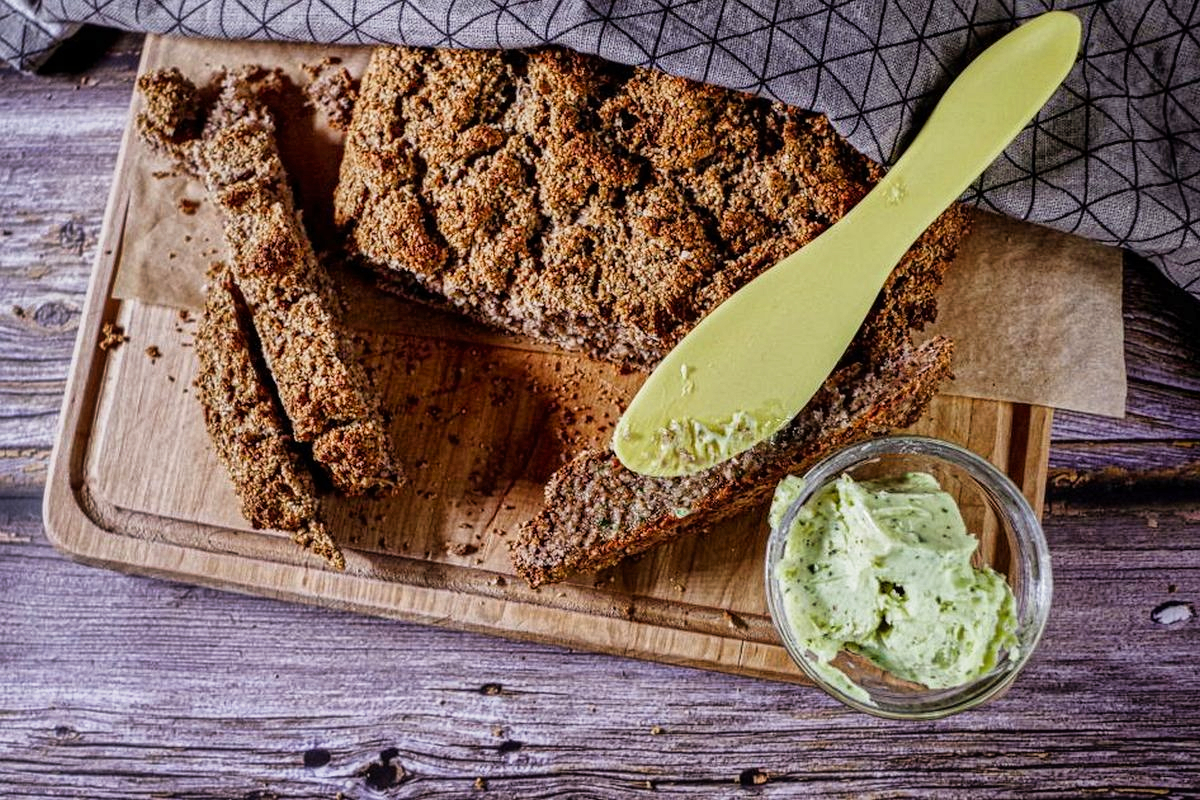
Believed to have originated centuries ago, Karask is a traditional barley bread that can be eaten as a side or (as in this Estonian food recipe) topped with a cranberry cream sauce and enjoyed for dessert. The use of barley flour gives the bread a nutty flavor that complements many traditional Estonian dishes. The dessert version of the bread often uses carrot for added flavor
19. Kissel – Cranberry Soup
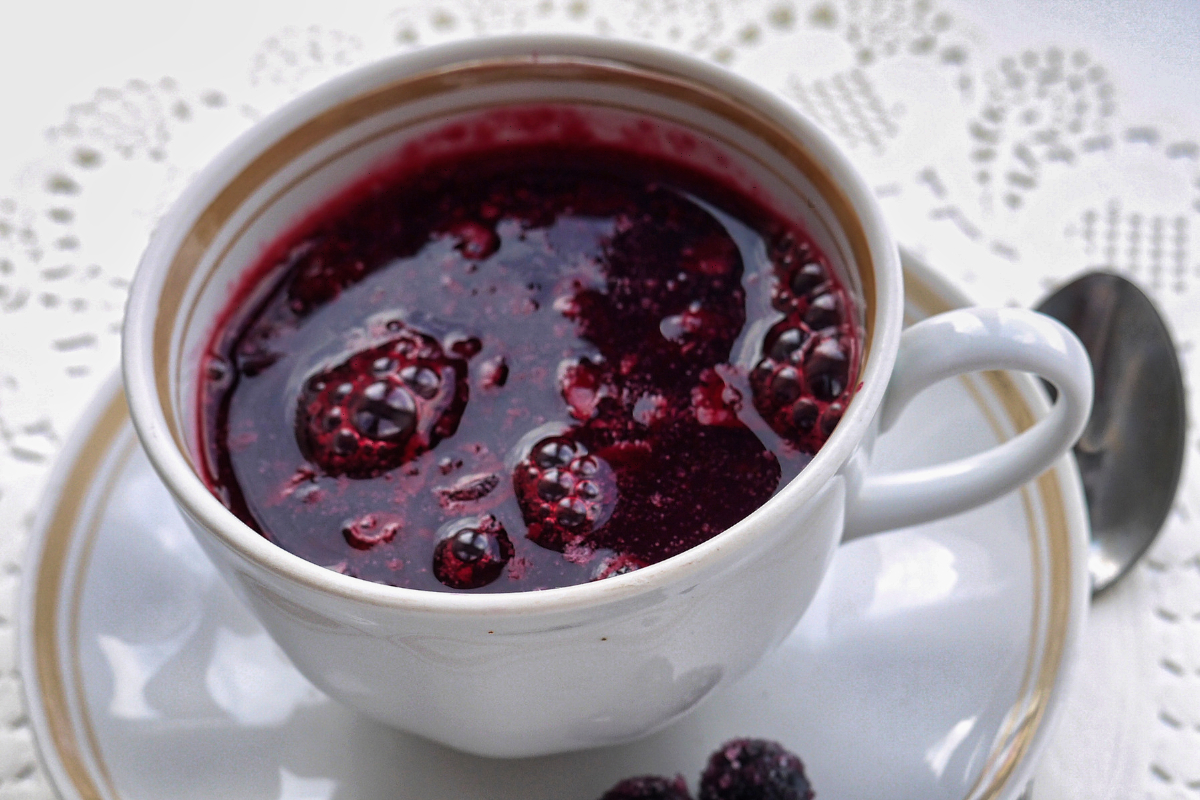
A thin pudding or dessert soup, Kissel is common throughout Eastern Europe. It can even be served as a sweet drink. The thickness of the Kissel comes from the inclusion of cornstarch, arrowroot powder, or (as in this Estonian recipe) potato starch, and the thickness is adjusted depending on how kissel is to be consumed. The thinnest Kissel is often drunk straight from the serving dish. Somewhat thicker Kissel may be used as a topping or syrup for other desserts or dishes. The thickest variety of Kissel is eaten as a standalone dessert.
20. Liivakook – Sand Cake
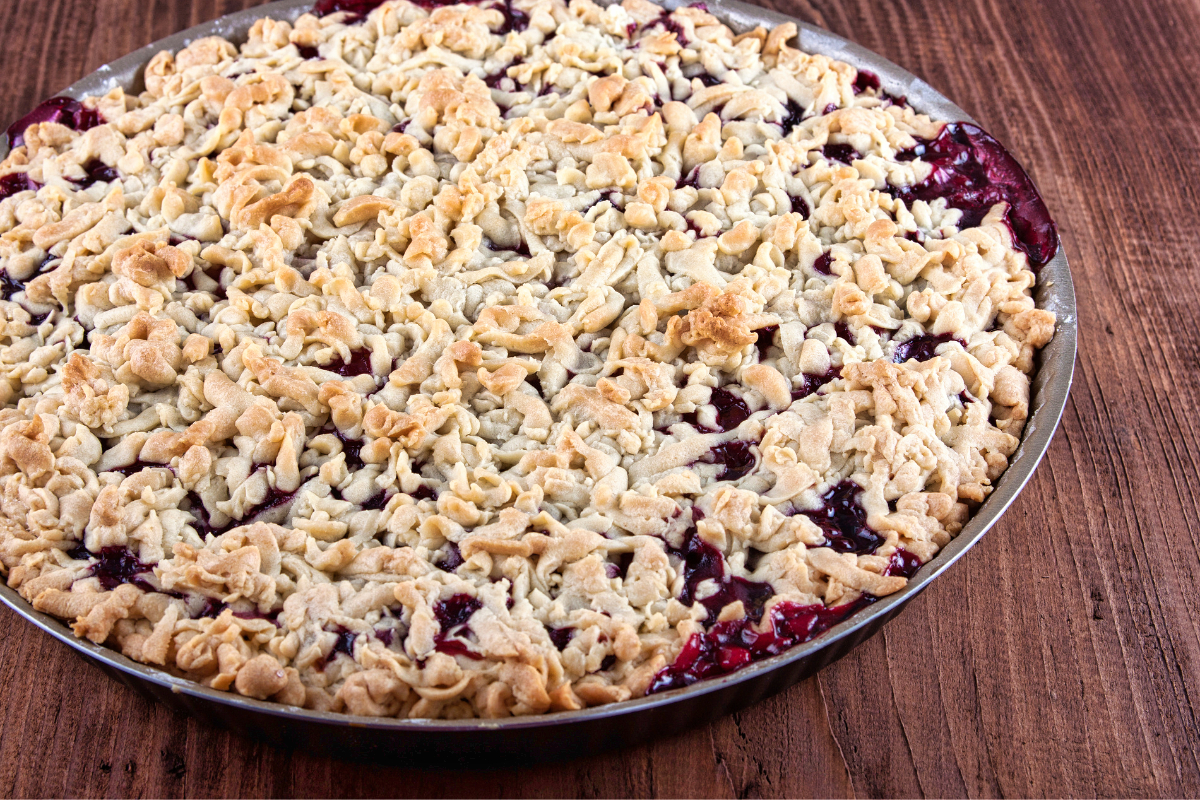
A layered cake with many variations, Liivakook, or sand cake or torte. A classic Sand Cake recipe, that is simple and easy, resulting in a dense yet light and fluffy cake. This is a Estonia cuisine basic recipe, which can easily be adjusted to your taste, and the secret lies in adding cornstarch. If you prefer a less dense and fluffier cake increase the amount of cornstarch and then reduce the wheat flour by the same amount.
21. Roosamannavaht – Cranberry Pudding
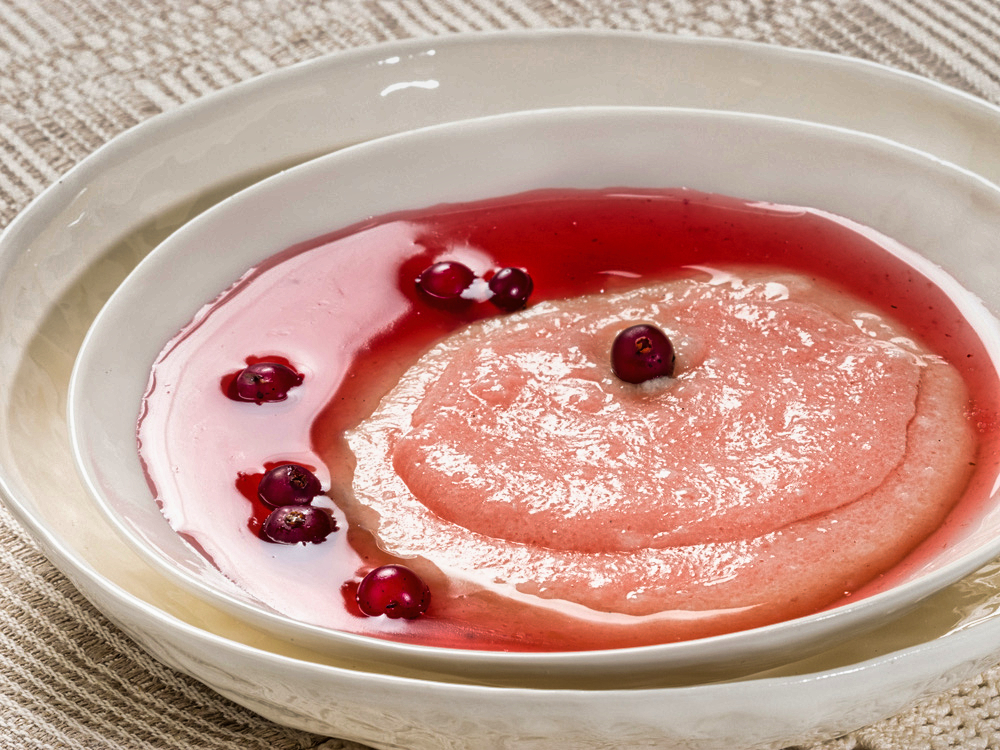
Roosamannavaht is an attractive pink pudding made from cranberry or black currant juice boiled with farina or semolina. Sweetish, tangy with lemon zest, and light, this delightful traditional Estonian recipes dessert can be prepared the day before; pour into glass dishes, cover with cling wrap, and refrigerate.
22. Ruiskatut – Rye Cookies
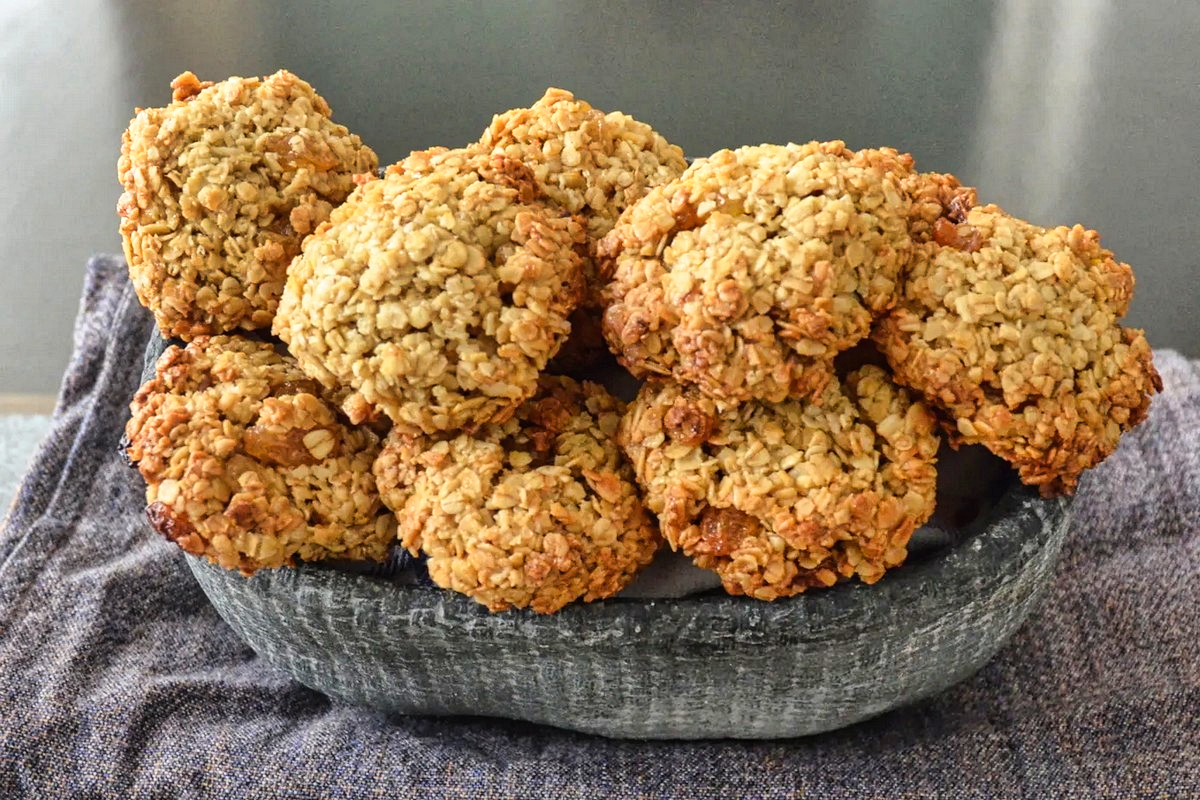
Ruiskatut are thin, crunchy Estonian rye cookies, eaten on their own as a snack or used as the base for canapés topped with cream cheese or lingonberry preserves. These bread-like cookies are often served in Estonia with cocktails. Easy to make, Ruiskatut have a complex, slightly bitter flavor from the rye flour that is traditionally used. The rustic flavor of this Estonian food is tempered by the sweetness of light brown sugar.
